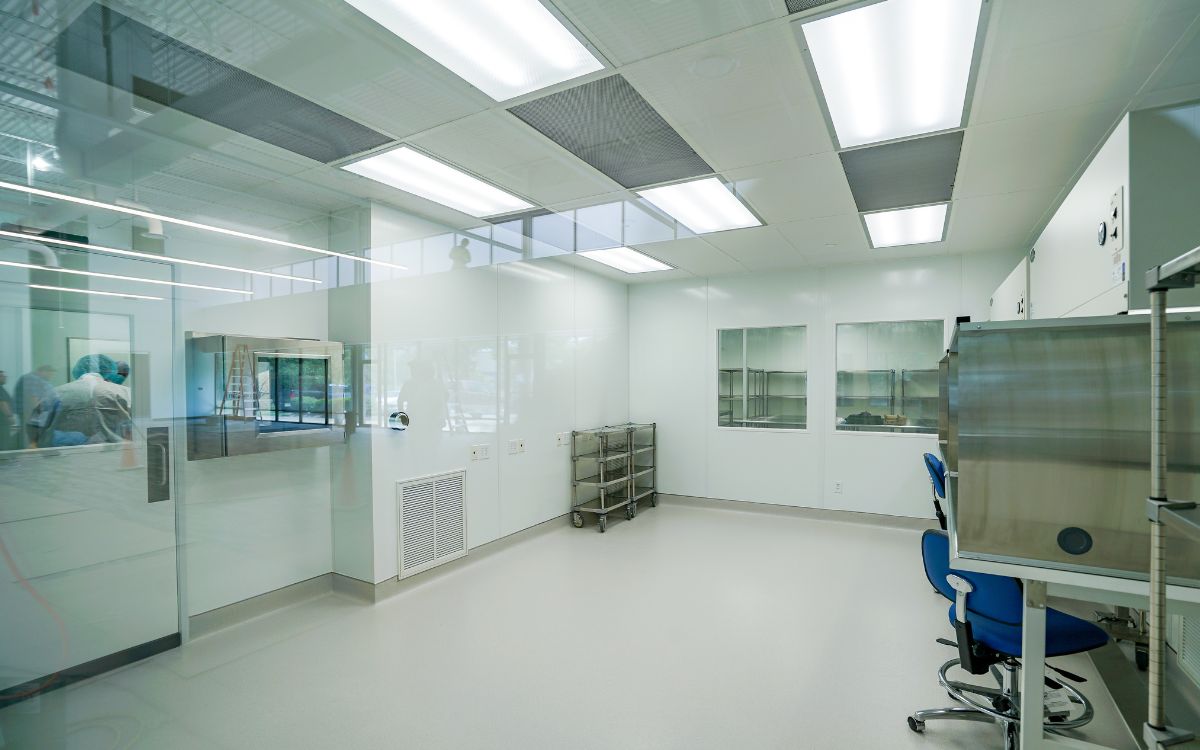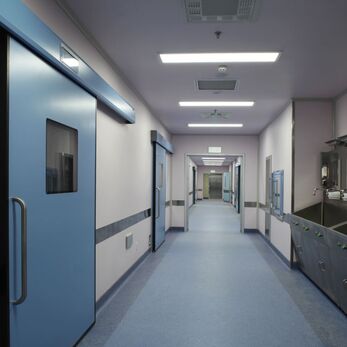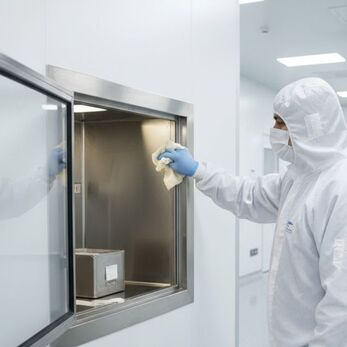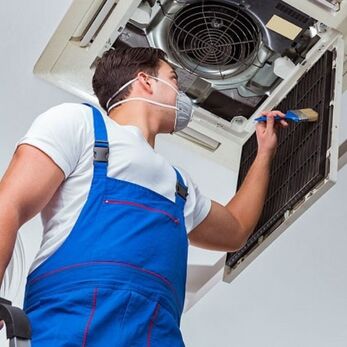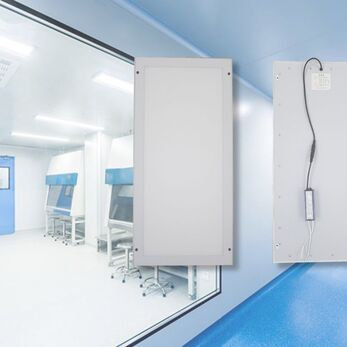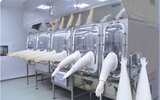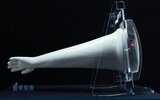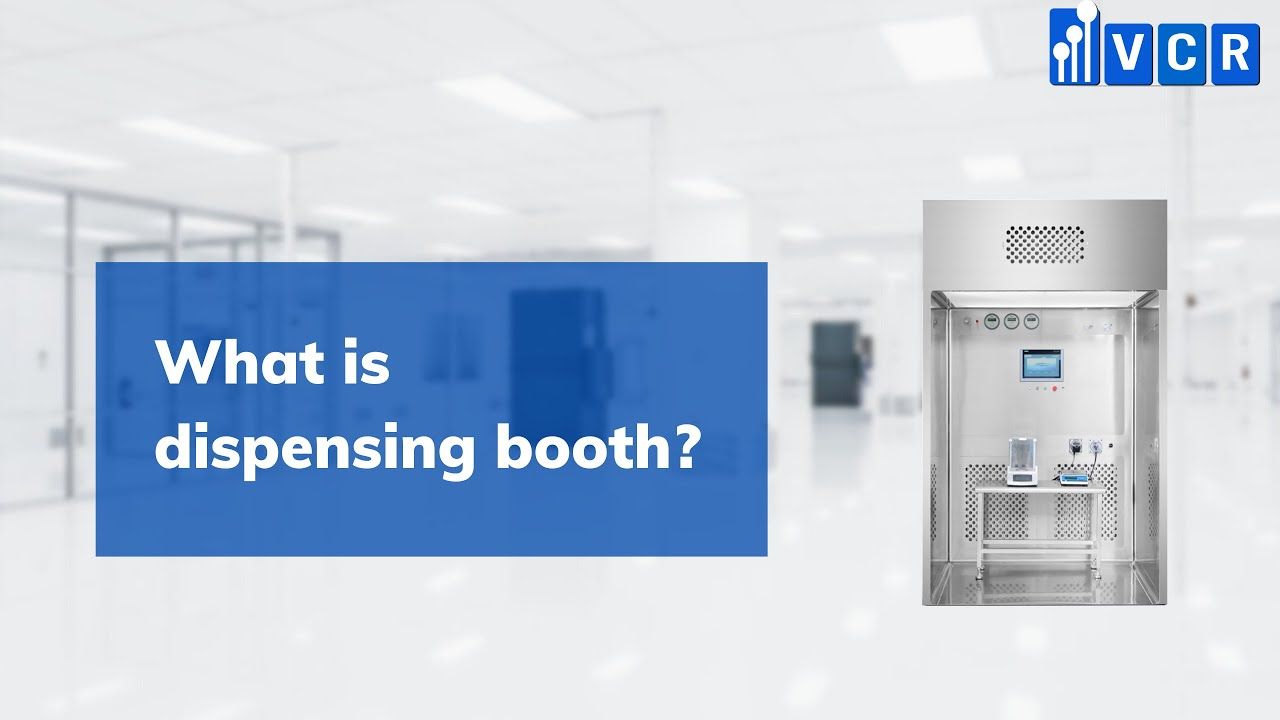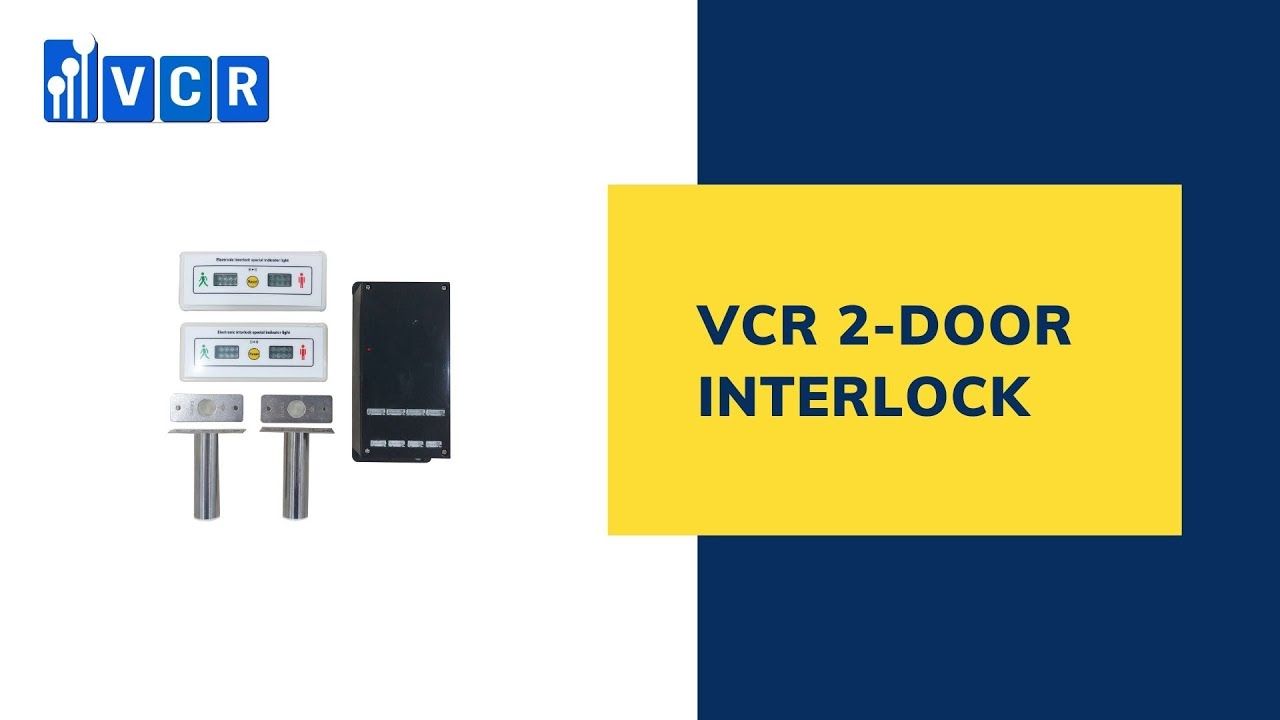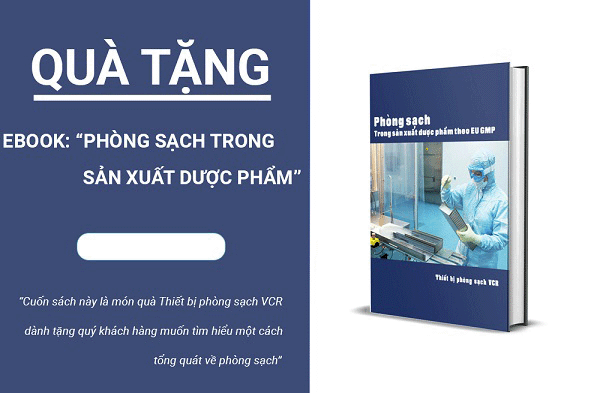How to evaluate ROI when investing in cleanroom equipment
In GMP or ISO 14644 factories, understanding how to properly evaluate ROI when investing in cleanroom equipment helps businesses not only optimize costs, but also ensure operational efficiency and compliance with international standards. This is an important step for proper, sustainable and long-term profitable investment.
- 1. What is ROI in cleanroom investment and why is it important?
- 2. Key cost components in cleanroom equipment investment
- 3. Financial and non-financial benefits of choosing the right equipment
- 4. Common Metrics for Evaluating ROI in Cleanroom Investments
- 5. Practical ROI Comparison for Key Cleanroom Equipment
- 6. Key Considerations When Evaluating ROI in GMP/ISO Environments
- 7. Frequently Asked Questions on Cleanroom Equipment ROI
- 8. Need Help Evaluating ROI for Your Cleanroom Project?
In the context of factories increasingly focusing on operational efficiency and compliance with international standards, the way to evaluate ROI when investing in cleanroom equipment becomes a key factor to help businesses make smart investment decisions. Understanding and correctly applying the ROI evaluation method helps businesses balance initial investment costs and sustainable operating value, avoid waste and improve competitiveness.
1. What is ROI in cleanroom investment and why is it important?
ROI (Return on Investment) is a metric that reflects the profitability or financial effectiveness of an investment. In cleanroom environments, especially for facilities operating under GMP or ISO 14644 standards, ROI not only measures profit but also serves as an indicator of equipment efficiency, quality compliance, and operational cost optimization.
ROI in the context of cleanroom equipment investment
When investing in equipment like FFUs, Pass Boxes, differential pressure gauges, interlocks, or HEPA filters, companies are not merely purchasing products-they are investing in:
- The stability of their production process
- The ability to meet and maintain stringent standards such as GMP EU/WHO, HACCP, and ISO 22716
- Avoiding errors during audits or product contamination and rejections
Therefore, ROI should not be calculated based only on the purchase price but must factor in compliance costs, production efficiency, and post-investment error rates.
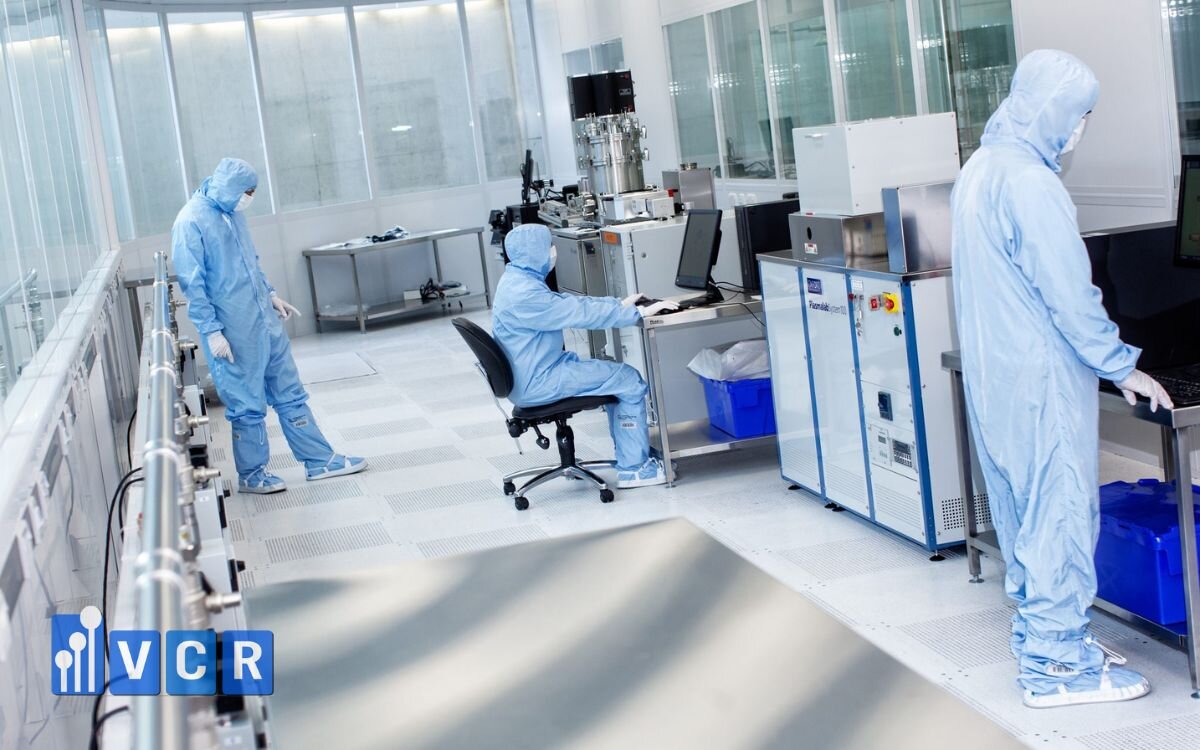
Why should ROI be evaluated before making an investment?
Avoid poor equipment choices: A cheaper device that fails to meet GMP or ISO standards can end up costing more due to audit failures or later upgrades.
Optimize investment budgets: ROI analysis reveals which equipment delivers long-term value-even if the initial price is higher.
Support transparent decision-making: For procurement or investors, a clear ROI analysis justifies the budget and reduces internal conflict.
Plan effective upgrades: For operating plants, ROI helps identify bottlenecks that need prioritization for optimal system performance.
2. Key cost components in cleanroom equipment investment
When calculating ROI for cleanroom equipment, many companies only consider initial purchase costs. However, for a comprehensive and accurate evaluation, the total cost of ownership (TCO) over the equipment’s lifecycle-including installation, operation, and hidden risks-must be considered.
Cleanroom Equipment Cost Breakdown
|
Category |
Details |
|
Initial Costs |
- Equipment purchase: FFU, Pass Box, Air Shower, Interlock, HEPA Box, etc. - Installation, wiring, transportation, initial calibration |
|
Operating Costs |
- Monthly power consumption (notably FFUs, cleanroom lighting, fans) - Periodic maintenance (cleaning, calibration, pressure checks) - Replacement parts such as HEPA filters, door gaskets, relays |
|
Hidden Costs |
- Risk of non-compliance with GMP/ISO standards → rework, reinstallation, failed audits - Higher product rejection rate due to unstable equipment - Loss of reputation with clients or auditors |
See more: The cost of building a cleanroom
3. Financial and non-financial benefits of choosing the right equipment
Choosing the right cleanroom equipment not only saves long-term operational costs but also delivers critical non-financial value-especially in GMP/ISO-compliant manufacturing environments.
Financial Benefits
Reduced product defect rates
- Standard-compliant equipment ensures better control of cleanliness, pressure, and contamination.
- Example: Using proper FFUs and pressure control in pharmaceutical weighing rooms reduces cross-contamination and batch rejection rates.
Increased productivity through automation and stability
- Devices like electronic Pass Boxes and smart interlocks shorten process times and reduce manual errors.
- Accurate open/close cycles improve handover speed between stages, boosting overall production efficiency.
Lower error correction and operational downtime
- Minimizes unexpected maintenance due to equipment breakdown.
- Prevents production disruptions caused by non-compliant equipment.
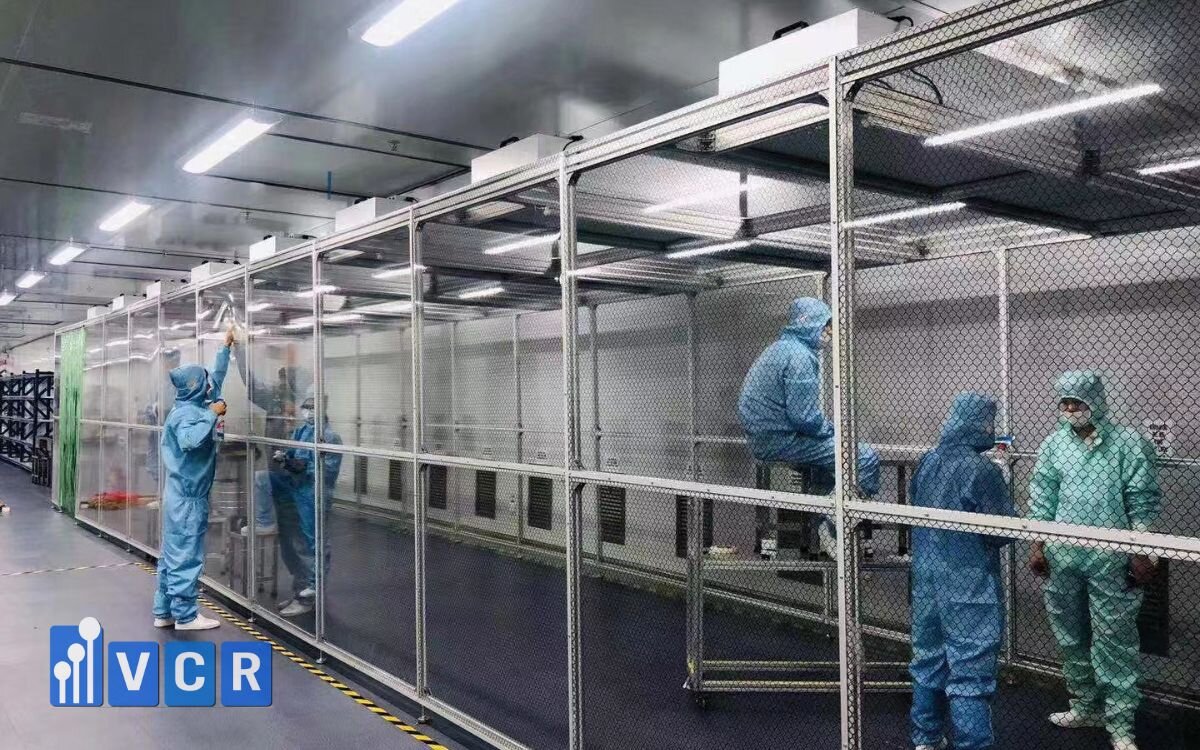
Non-Financial Benefits
Easier compliance with GMP/ISO standards from the start
- Technically compliant equipment helps facilities pass audits, inspections, and validations more easily, reducing the need for rework.
Enhanced brand reputation
- A facility that passes its first audit makes a strong impression on:
- Export clients
- Distribution partners
- Regulatory agencies
Foundation for future expansion
- A stable system allows companies to scale production without overhauling the equipment infrastructure.
4. Common Metrics for Evaluating ROI in Cleanroom Investments
To objectively and accurately evaluate the effectiveness of cleanroom equipment investments, GMP/ISO-certified facilities often use a combination of financial and operational indicators:
|
Metric |
Meaning |
Cleanroom Application Example |
|
Payback Period |
The time required to recover the initial investment. |
Investing an additional 30 million VND in an electronic Pass Box saves 3 operators/day → payback in 10 months. |
|
Return on Investment (ROI %) |
The percentage of profit gained relative to the cost of investment. |
Installing an inverter-based FFU saves 50 million VND/year in electricity on a 150 million VND investment → ROI ~33%/year. |
|
Total Cost of Ownership (TCO) |
The complete cost from purchase to end-of-life, including installation, maintenance, energy, and replacements. |
Comparing two HEPA filters: one is 20% cheaper but has shorter lifespan → higher TCO after 2 years. |
|
Pre/Post-Investment Efficiency |
Measures the improvement in output, speed, and error rate after upgrading equipment. |
Replacing a manual pressure gauge with an electronic one led to triple the early warnings and a 70% reduction in cross-contamination errors. |
Recommendations when using ROI metrics:
- Combine financial (ROI %, Payback) with operational (efficiency, error rates) metrics for a complete picture.
- Compare multiple investment options to determine the most suitable equipment.
- Calculate ROI based on specific industries or functional areas (e.g., weighing room, gowning area, packaging zone) for practical insight.
ROI metrics not only justify costs more clearly but also help prioritize investment budgets based on the criticality of each area in the cleanroom.
5. Practical ROI Comparison for Key Cleanroom Equipment
Comparing ROI between common cleanroom equipment options is a smart way to guide investment decisions-especially in facilities requiring GMP/ISO compliance. Below are two typical examples:
Electronic Pass Box vs Manual Pass Box
|
Criteria |
Manual Pass Box |
Electronic Pass Box |
|
Investment Cost |
100% |
+15% (approx. 115%) |
|
Features |
Basic, manual operation |
Auto interlock, UV light, alerts |
|
Key Benefits |
Low cost, easy to install |
Better contamination control, more stable operation |
|
Operational Impact |
Prone to user error, delays |
Faster handovers, fewer mistakes |
|
ROI after 1 year |
~10-12% |
25-30% |
Inverter FFU vs Standard FFU
|
Criteria |
Standard FFU |
Inverter FFU |
|
Investment Cost |
100% |
+20% |
|
Features |
Fixed-speed fan, higher power use |
Variable-speed fan, energy efficient |
|
Key Benefits |
Low cost, quick setup |
Saves energy, quieter, more durable |
|
Energy Savings |
Average |
30-35% per year |
|
Payback Period |
- |
~2 years |
See more: what is modular cleanroom
6. Key Considerations When Evaluating ROI in GMP/ISO Environments
In GMP (Good Manufacturing Practice) or ISO 14644-certified production settings, calculating ROI cannot be limited to “how much you spend - how much you save.” A broader view is required to include the full costs and risks of non-compliance.
Don't focus solely on initial investment
Many procurement teams are tempted by slightly cheaper equipment. However:
- Low-cost devices may not meet technical standards, lack IQ/OQ documentation, or GMP support materials.
- This leads to audit failures, forced replacements, or mandatory upgrades-costing 2-3 times more than choosing correctly upfront.
Factor in Compliance Costs
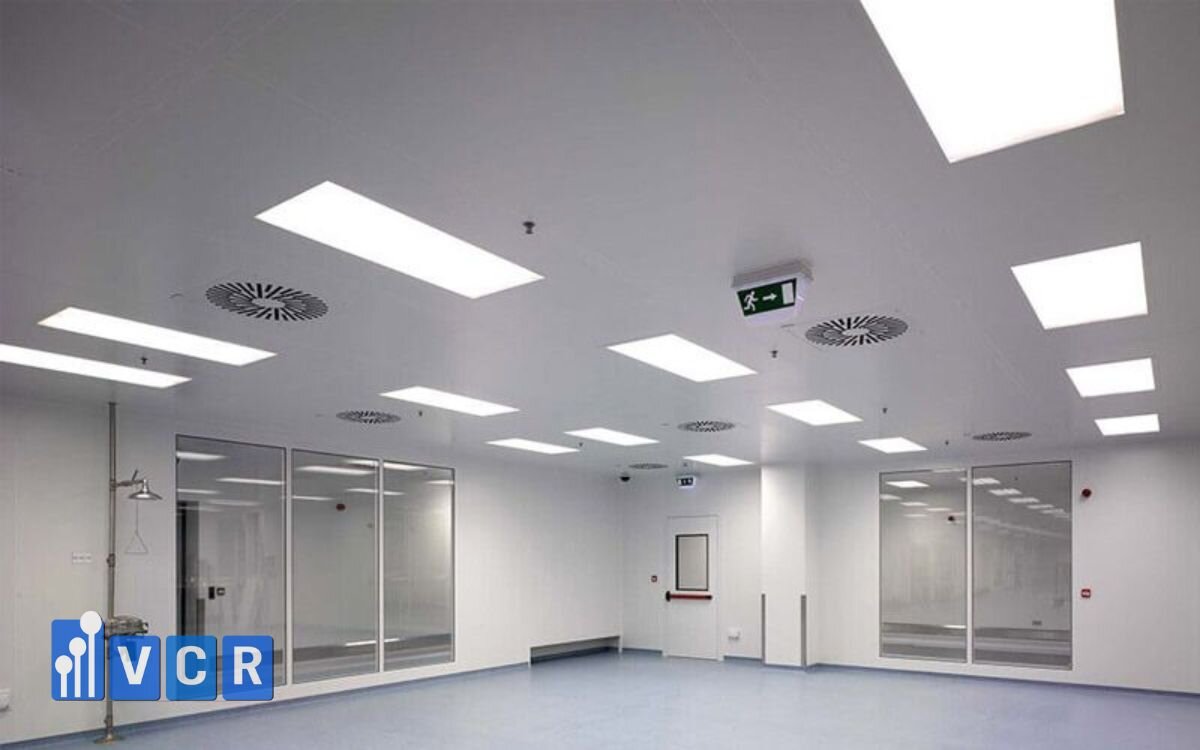
Often overlooked but highly impactful on ROI, compliance-related costs may include:
- Retraining staff due to non-GMP-friendly equipment
- Production downtime due to failed equipment or inspections
- Fees for revalidation or third-party assessments post-upgrade
Analyze Risks of Non-Compliance with GMP/ISO
|
Risk |
Potential Consequences |
|
Failing initial audit |
Project delays, facility cannot begin operations |
|
Product recalls due to contamination |
Brand damage, significant financial losses |
|
Regulatory shutdowns |
Lost orders, long-term customer loss |
|
Export rejections |
Loss of international markets, hindered expansion plans |
Choosing the wrong equipment from the start could lead to risks far outweighing the apparent savings.
7. Frequently Asked Questions on Cleanroom Equipment ROI
Should cleanroom ROI be calculated monthly or annually?
It depends on your production cycle and equipment lifespan, but annual calculations typically offer a more comprehensive view of operational and maintenance variations.
Can low-cost equipment deliver high ROI?
Not necessarily. Cheap equipment may:
- Cause product defects (contamination, pressure imbalances)
- Fail GMP/ISO compliance → rejected goods or halted production
In such cases, ROI could turn negative, resulting in financial loss.
Should Payback Period be the only metric used?
No. While Payback Period is a commonly used metric, it doesn’t reflect long-term risks or costs. It’s best to combine:
- TCO (Total Cost of Ownership): to understand operating and maintenance costs
- ROI (%): to determine relative profit based on investment
8. Need Help Evaluating ROI for Your Cleanroom Project?
Investing in cleanroom equipment isn't just a financial decision-it's a strategic move that impacts product quality, GMP/ISO certification, and long-term plant growth.
Are you unsure about:
- Choosing between manual or electronic Pass Boxes?
- Whether standard FFUs are cost-effective versus inverters?
- Which equipment to prioritize for maximum ROI across your system?
The VCR engineering team is ready to help you analyze detailed ROI tailored to your industry (pharmaceuticals, food, cosmetics), GMP/ISO standards, and real factory scale.
Contact us today for a free consultation-make the right investment decisions from the start, avoid waste, and maximize long-term performance.
Hotline: 090.123.9008
Email: [email protected]
Website: https://vietnamcleanroom.com/
Diep VCR






